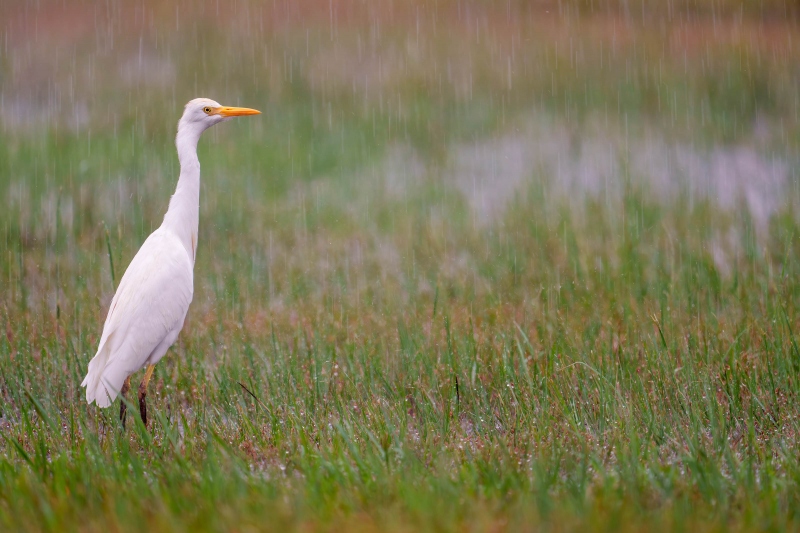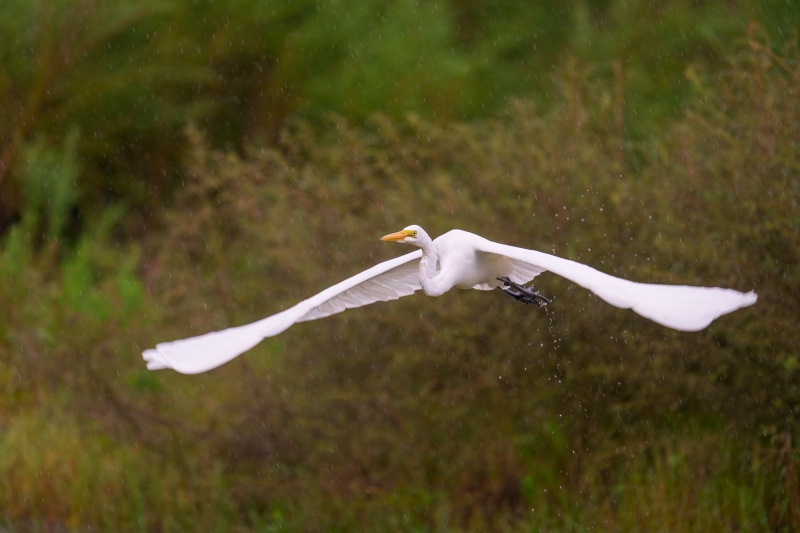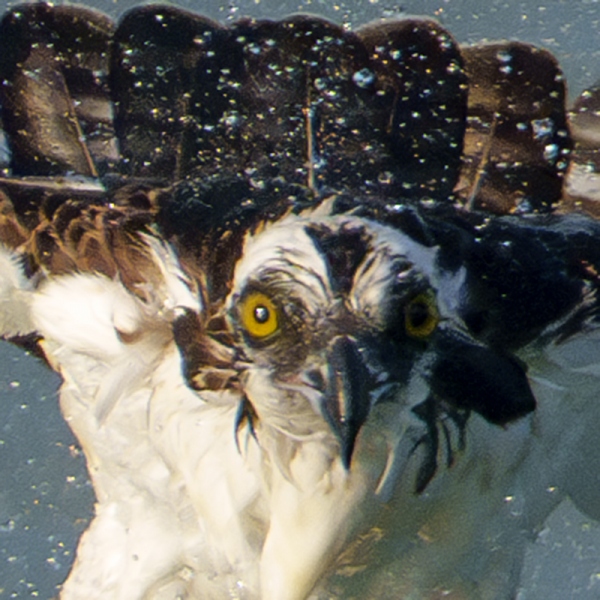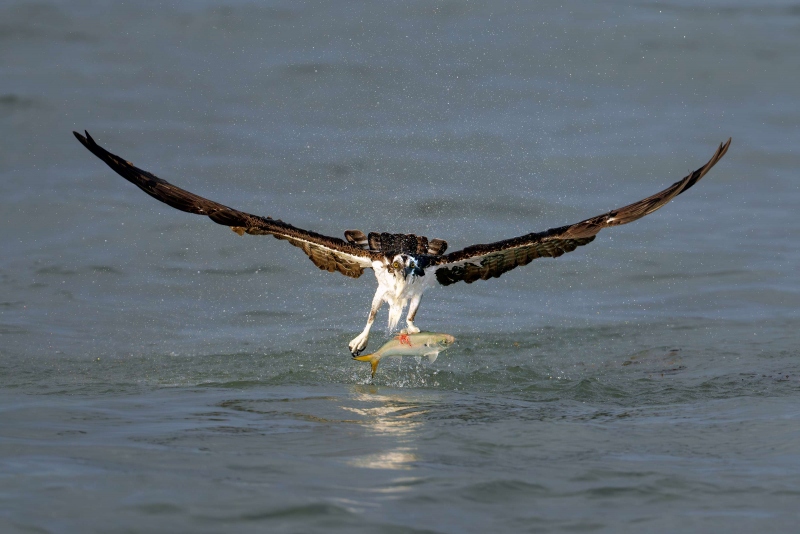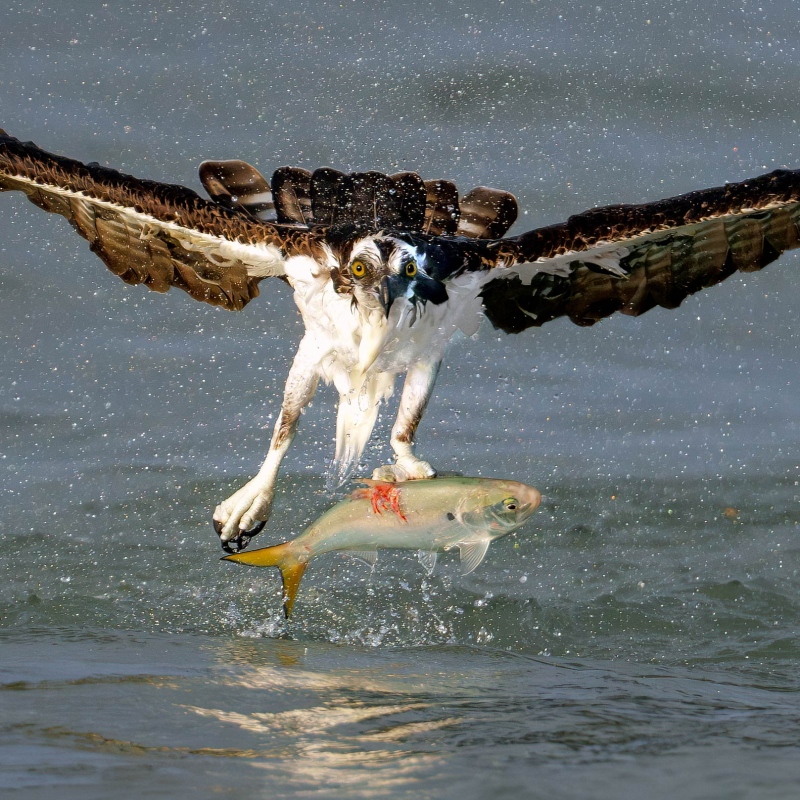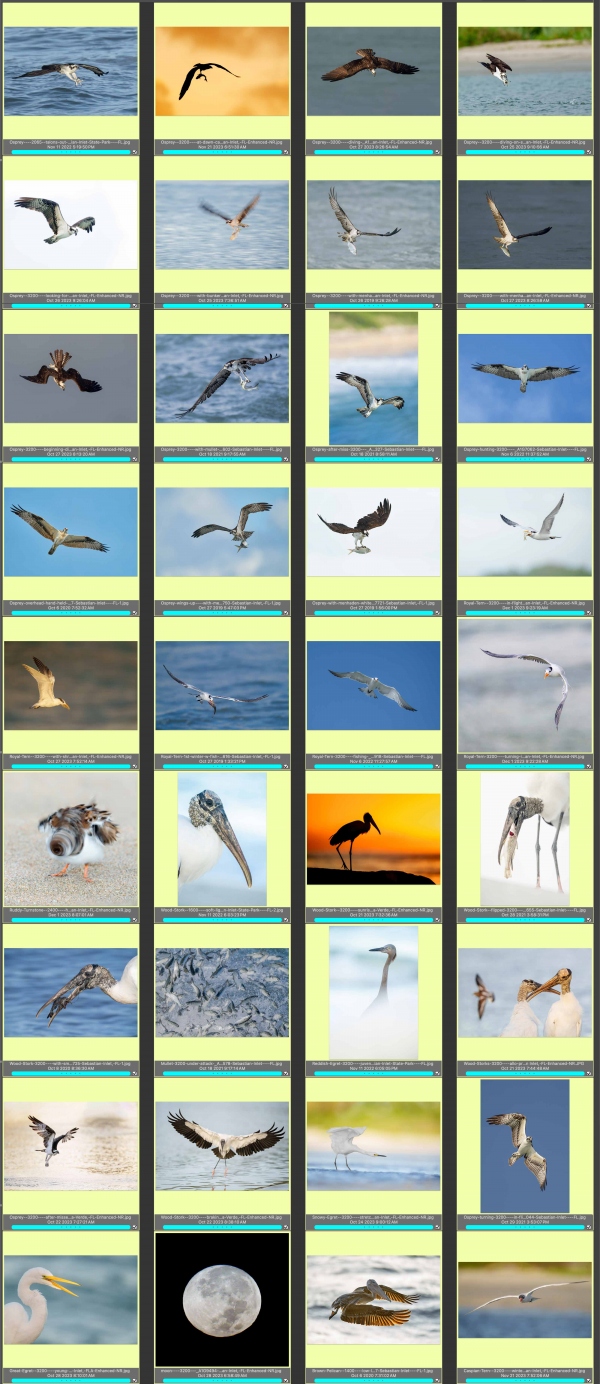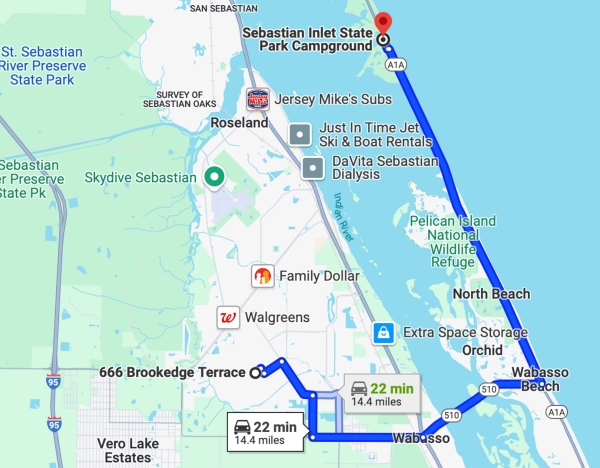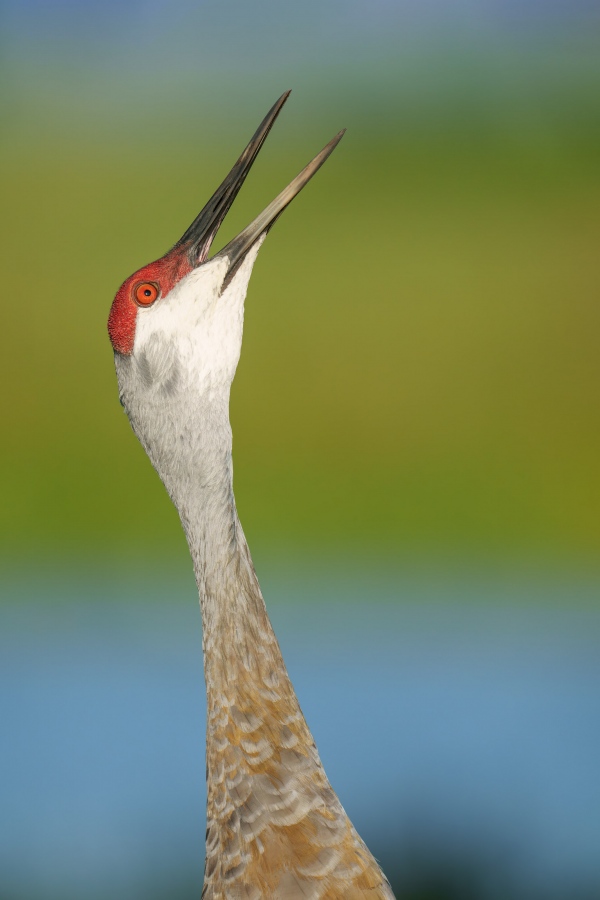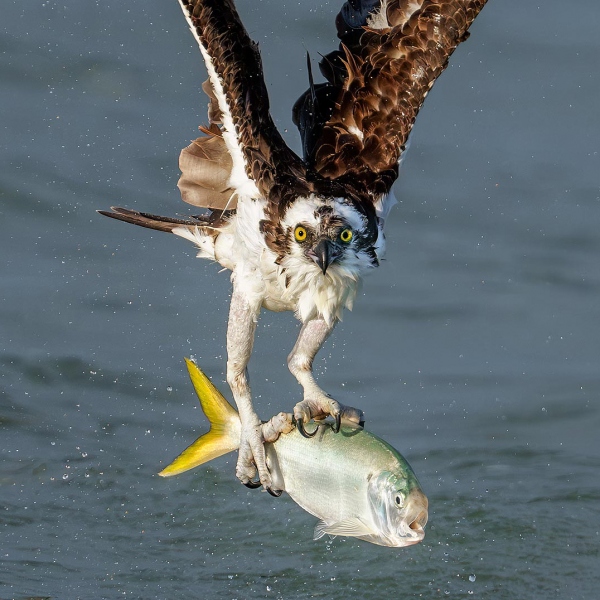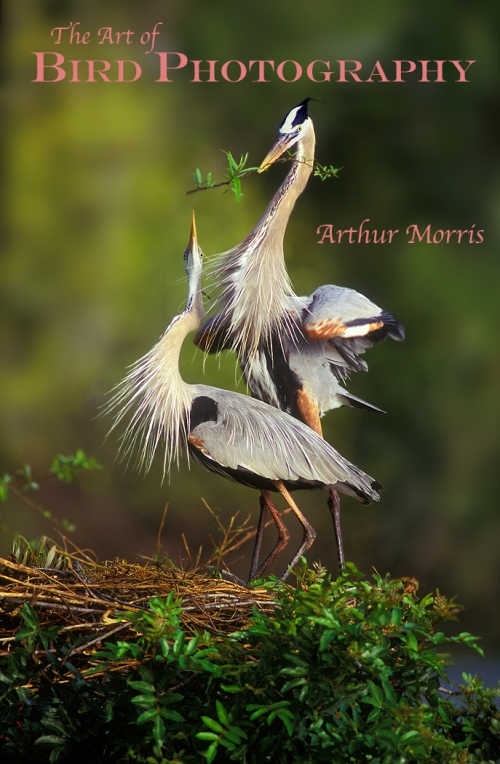Preview
Today’s post is for serious photographers only. If you want to learn some very fine points about exposure, keep reading. I can guarantee that the material covered below has never been published anywhere in any form.
I would be remiss not to mention that even though the original The Art of Bird Photography was entirely film based, 99% of nature photographers today would benefit tremendously from studying the section on Exposure Theory. See the last item below for details on ABP.
Today’s content was developed in response to multiple IPT veteran Eugen Dolan’s exposure questions regarding photographing brightly colored planes at an airshow. Even though Eugen uses Sony gear and has Zebras set up properly on his Sony a-1, all photographers can learn a ton about exposure by carefully digesting the material below. Thanks, Eugen for asking such excellent questions. We will be hearing more from Eugen soon with regard to pupils in humans and birds reacting to light. He is a retired neurosurgeon who was one of Anita North’s teachers!
What’s Up?
On Saturday afternoon, the Mets continued to amaze. Trailing 1-0 after seven innings with only two hits, the highly favored Philadelphia Phillies took out their starting pitcher. The announcers spent five minutes telling the world about how the Phillies two all-star relief pitchers would enter the game and stifle the Mets. The Mets, hitting only singles, scored five runs in the top of the eighth inning, added an insurance run in the top of the ninth, and held on to win 6-2. That without having to use their top closer, the overworked Edwin Diaz. The OMG Comeback Kids had done it again. Game two is this afternoon in Philadelphia.
BTW, Alissa and Idris drove into Queens and attended a watch party at Citi Field. They — of course — headed home thrilled. You can watch the watch party fans celebrating when the Mets took the lead here.
Recently, both the weather and the photography at Indian Lake Estates have been excellent most mornings. Saturday morning was clear and sunny with a fairly brisk east wind. The forecast for today, Sunday 6 October calls for light rain this morning. I will be headed down to the lake right after this post is published. Sunday will be filled with both NFL and more MLB games with a bit of work thrown in as well.
Wherever you are and whatever you opt to do, I hope that you are well and safe and choose to have fun.
Please remember to use the B&H links that are found on most blog pages and to use the BIRDSASART discount code at checkout when purchasing your new gear from Bedfords to get 3% back on your credit card and enjoy free second-day air FedEx. Please, also, consider joining a BAA IPT. You will be amazed at how much you will learn!
If an item — a Delkin flash card, or a tripod head — for example, that is available from B&H and/or Bedfords, is also available in the BAA Online Store, it would be great, and greatly appreciated, if you would opt to purchase from us. We will match any price. Please remember also to use my B&H affiliate links or to earn 3% cash back at Bedfords by using the BIRDSASART discount code at checkout for your major gear purchases. Doing either often earns you free guides and/or discounts. And always earns my great appreciation.
Supporting My Efforts Here
If you enjoy and learn from the blog, are all set for gear, or live overseas, consider leaving a BAA Blog Thank You Gift here.
If you enjoy and learn from the blog, please consider using one of my affiliate links when purchasing new gear. It will never cost you a single penny. To support my effort here, please order from B&H by beginning your search here. Or, click here, to order from Bedfords and enter the discount code BIRDSASART at checkout to receive 3% cash back to your credit card and enjoy free Second-Day Air Fed-Ex shipping. It is always best to write for advice via e-mail.
In many cases, I can help you save some serious dollars. And/or prevent you from purchasing the wrong gear.
|
|
|
This image was created on 3 October 2024 down by the lake near my home at Indian Lake Estates, FL. Working from the driver’s seat of my SUV, I used the BLUBB-supported Sony FE 600mm f/4 GM OSS lens, the Sony FE 2.0x Teleconverter, and The One, the Sony Alpha 1 Mirrorless Digital Camera). The exposure was determined via Zebra technology with ISO on the thumb dial. ISO 1600. 1/2500 sec. at f/8 (wide open) in Manual mode. When evaluated in RawDigger, the raw file exposure was determined to be perfect. AWB at 8:32:38 am on a then sunny morning.
Tracking: (upper) Zone AF-C with Bird Face/Eye detection enabled performed perfectly even at 1200mm. Be sure to click on the image to enjoy a high-res version.
Image #1: Sandhill Crane adult calling
|
Reflectance Changes Constantly
Reflectance changes constantly as a bird changes its position even slightly. With the sun coming right over the top of my head and the bird’s head square to the light, there were Zebras on the adult crane’s white cheek. Just what I was aiming for at ISO 1600, 1/2500 sec at f/5.6. If the bird turned or rotated its head even slightly, the Zebra’s disappeared only to return an instant later. What to do? Work in Manual mode and avoid over-exposing the white highlights by using the settings noted above.
There will be more below on reflectance with regard to a wriggling silver fish in the talons of an Osprey as it emerges from the water on a sunny day.
|
|
Image #2: Square crop of Osprey face and fish from the optimized version
|
Impressive, But …
Everyone loved the tight square that came as a result of skillful processing and a relatively huge crop. Check out the reactions here on the new Bird Photographers.Net.
It is strange that I am participating a lot more on BPN since I sold the site to Group Builders than I had been for several years; you might call it the proud grandpa effect. They have skillfully injected new life into the forum since they took the reins about two weeks ago.
It is important to remember that the tight square crop above was created from the horizontal raw file below, Image #3.
Questions from Eugen Dolan Via Mail
ED: I love the image of the Osprey and the fish – but I have a question about using the histogram to guide the exposure. I had similar exposure issues at an air show recently – The Canadian Snowbirds, and the US F16 – with their mostly white paint schemes.
Obviously the histogram in cases like this are NO HELP at all! For me, it is a difficult exposure problem.
AM/BAA: Good question, Eugen. The short answer is that with Sony’s Zebra technology, there are no difficult exposures. Keep reading for the long answer.
ED: You frequently mention Sony’s Zebra technology — blinkies live in the viewfinder.
AM/BAA: That is correct. With Zebras there is no need to take a test exposure. Not to mention that I hate having a live histogram in the viewfinder. I need to be able to see the whole frame. And the bird!
ED: Am I correct in thinking that Zebras are a major factor when deciding on a given exposure (modulated of course by 41 years of practical experience)?
AM/BAA: You are pretty much correct. In nearly all situations, I simply set my shutter speed and aperture as needed and then raise the ISO until I see some Zebras on the highlights. But with fishing and catching Ospreys, you need to go a step further. I will explain why in a moment.
ED: Did you go for Zebras on the Osprey’s head? Were they helpful in this situation?
AM/BAA: Yes, I raised the ISO until I saw some Zebras on the tops of the heads of the Ospreys flying by. Doing that got me to a good starting point. But there are several more things to consider here.
1- Birds in flight will not be sitting in one place. As they fly, their position in relative to the light is ever changing. By the time a bird gets 30° off sun angle, the perfect exposure would be 1/3-stop less than when it was right on sun angle.
2- Even relatively static birds move often. On Thursday morning, I was photographing an adult Sandhill Crane calling pretty much right down sun angle. — today’s featured image. When the bird was perfectly square to the light, there were some Zebras on the white cheek. When the bird turned its head slightly, the Zebras disappeared. I stayed with the original settings as we never want to over-expose the highlights, in this case, the bird’s white cheek.
3- This was the main point of the post: if it is sunny, and you are sure that you have a perfect exposure for the Osprey but are hoping that the bird will dive and catch a fish, it is better to shoot at least 1/3-stop darker as the silver sides of many of the fish are much brighter than the white feathers on the Osprey’s head. That is why we need to shoot the fish darker than the perfect exposure for the Osprey. In the same series as the image I shared in the previous post, there were other frames where the sides of the Yellowfin Menhaden were terribly over-exposed because of the way that the fish was wriggling at that instant. As the angle of any subject to the light changes, the reflectance of the highlights change as well.
4- Another fine point to share as to the degree of Zebras: when it is sunny and I have a choice between a few Zebras at one setting and lots of Zebras at the next highest ISO, I will go with the lower ISO. Why? I do not want to risk toasting the whites.
On a cloudy day, however, if I have a choice between a smattering of Zebras and lots of Zebras, I will always go with the more Zebras setting.
ED: What were the Zebras like on the Osprey’s head?
AM/BAA: As above, because it was sunny, I went for a smattering of Zebras on the top of the Osprey’s head.
ED: With some Zebras on the top of the bird’s head, I would have used that as my exposure.
AM/BAA: That would have been correct as a base exposure. But then you would have had to go 1/3-stop darker to avoid burning out the specular highlights on the fish, those depending on exactly how it was wriggling at a given instant. Our #1 exposure rule is to avoid over-exposing the highlights. Anything else, we can work with.
ED: And how many zebras on the brightest part, the area of the head and especially, the tail?
AM/BAA: I rarely if ever check for Zebras on the fish in the heat of the action. On occasion, however, I should note that when I frame a flight image and see too many Zebras, I will often reduce the exposure while tracking the bird and continuing to shoot. I have two options:
1- Use my thumb (on the rear dial) to lower the ISO.
2- Or, use my index finger to increase the shutter speed.
Though that seems difficult, with practice, pretty much anyone can do it.
Again, see the stuff above on the wriggling and the reflectance. And the same is true with the crane turning its head, you set your best exposure and go with it. If you consistently see too many Zebras on the highlights as you are shooting, you can go 1/3-stop darker.
ED: I am trying correlate how to decide the correct exposure from Zebras so that I could set a 1/3-stop darker exposure (when in the field and slightly off sun angle as you were).
AM/BAA: You already know how to get a perfect exposure for an Osprey in a given lighting situation. In this case, we are talking about full sun at 8:30am a clear morning.
The mechanics are fairly simple once you grasp the concepts above.
1: Select a shutter speed and an aperture to meet your needs. For flight I started with 1/3200 second at f/5.6 (wide open with the 1.4X TC on the 600mm f/4).
2: Following a few Ospreys as they flew by somewhere near sun angle, I framed the image and adjusted the ISO with the Thumb Wheel (exactly as I teach and recommend for all systems). At ISO 1000, I was consistently getting some Zebras on the top of the bird’s head. That was my base exposure for an Osprey in flight.
3- However, I wanted to be prepared for an Osprey catching a big silvery fish. So, I reduced the exposure 1/3 stop by going from ISO 1000 to ISO 800. That was my best exposure for the fish. Remember that not every frame will be perfect as we can never know the wriggling reflectance. The idea is to expose to the right while not toasting the specular highlights on the fish (should you and the Osprey be so lucky).
ED: I hope that I have asked the questions right. And would much appreciate if you could help me out here.
AM/BAA: I did re-craft some of your questions to the best of my ability.
Thanks for sending the JPEGs of the plane images. The biggest exposure problem would have been with the Canadian CT-114 Tutor that was painted dark red with a white stripe on each wing. With you pointing the lens up on a blue sky day, the plane was set against a dark blue background. In the old days, with film, this would have been a classic -1/3 stop Exposure Compensation in an effort to save the white feathers of a Snowy Egret flying by on a sunny day against a blue sky background.
But we are far advanced from those days with Zebra technology. As you got the red and white plane in the viewfinder, all you needed to do was raise the ISO until there was a smattering of zebras on the wing or lower the ISO if there whole white stripe had Zebras. That would have yielded either a perfect or a dead solid perfect exposure. With only a small bit of white on the wing, the histogram would have shown a big underexposure as there was not enough white on the wings to be detected.
Here is a final fine point — when you are using the correct Zebra settings, the in-camera thumbnails should always show at least come blinkies. Why? The jpegs that are created at the moment of exposure do not have the tonal range of the raw files so the JPEGs will always show blinkies (over-exposure warnings) with properly exposed raw files.
With the red plane image, you should have seen some blinkies on the wing stripes when you reviewed the JPEG in camera. With the Osprey image, I knew the exposure was perfect when I saw some blinkies on the fish during image review.
The classic book on bird photography – soft cover
For those who do not know much about the original The Art of Bird Photography, it was first published in hard cover in 1998 and quickly became the classic how-to book on the subject. That printing was followed by two soft cover printings. With 30,000 copies sold in less than a decade it was a big surprise when Amphoto dropped the title. Soon afterwards, used copies were selling on Amazon for more the $600! I re-mastered the cover and had 10,000 additional copies printed.
The very great strength of the book is the chapter on Exposure which offers complete coverage of exposure theory and its practical application. I have received countless e-mails and letters over the years reading something like this: “I have been photographing for more than a decade, have attended many seminars, and read every book out there, but not until I read and studied the chapter on exposure in ABP did I really understand both the basics and the complexities. Now I can not only come up with the right exposure in almost every situation but I understand what I am doing and why. Thank you, thank you, thank you!” In addition, all of the basics are covered in detail in ABP: composition and image design, how to choose lenses, how to see and utilize natural light, how to make sharp images, how to get close to free and wild birds, how to use flash as both main light and as fill, and how to edit and market your work.
There is no digital content in the original “The Art of Bird Photography.”
Typos
With all blog posts, feel free to e-mail or to leave a comment regarding any typos or errors.

